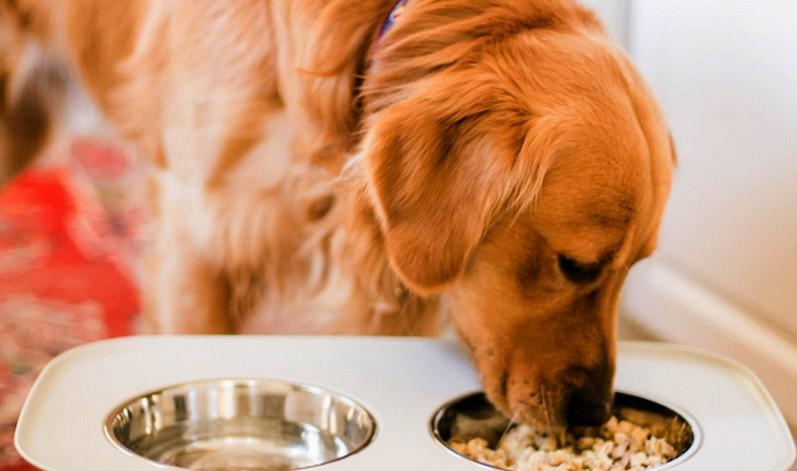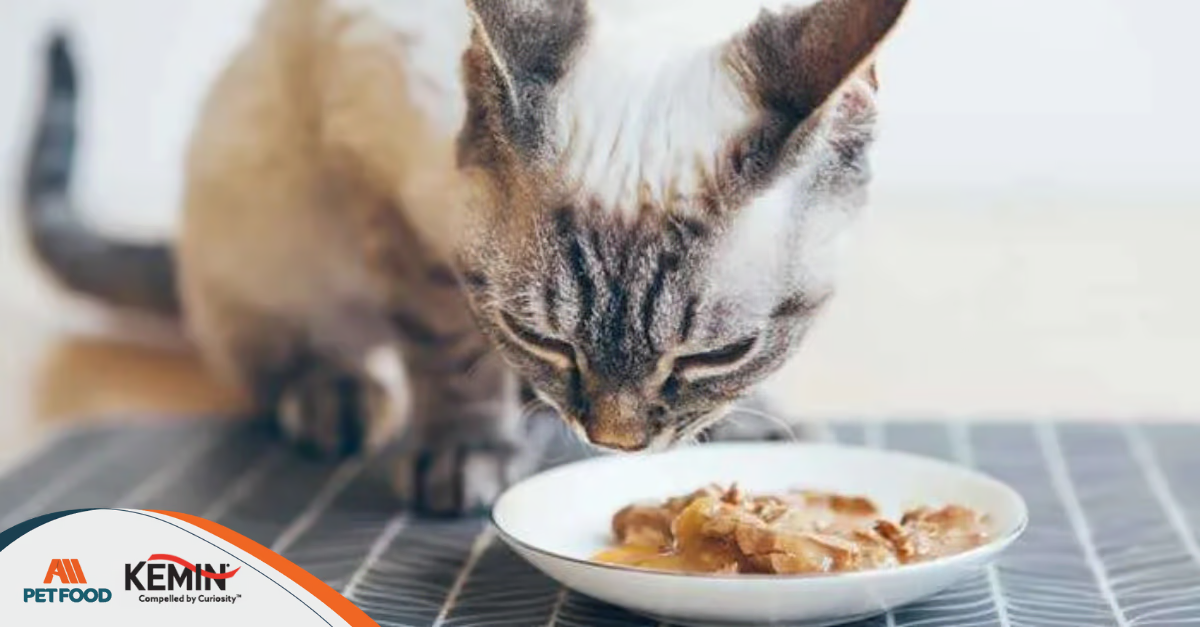The pet food industry is an important sector of the growing pet care market. The industry's growth to date can be attributed to a number of trends that have resulted in a significant increase in the number of new and innovative products available to pet parents.
Although pet foods are primarily formulated to provide a complete and balanced nutrition, palatability has been identified as a key factor to determining the success or failure of a product in the marketplace and the chances of repurchase.
Therefore, a group of researchers from Massey University carried out a scientific review in which they analyze the methods used to assess the palatability of pet foods, along with a discussion of the palatability drivers . They also study the feeding behavior and nutritional requirements of both dogs and cats, the different pet food formats available, and the ingredients commonly included in pet foods.
'The research on pet food palatability focuses on the amount of food consumed using one-bowl and two-bowl tests, but the differences observed, particularly at the key ingredient level, is poorly understood,' they explain.
{{editor}}
According to the experts palatability is defined as the physical and chemical properties of the diet, which are linked to the promotion or suppression of eating behavior during the preabsorptive period. 'Instead of being associated with a desire or need, palatability is linked to the perception of pleasure or taste during consumption. In other words, the palatable food is that considered easily accepted by an animal', researches highligted
According to them palatability in pet food, especially for cats, remains of great importance to both manufacturers and owners. Currently, traditional palatability testing methods are used to assess the acceptance and preference of complete and balanced pet foods and treats.
However, until very recently, few studies have used these traditional methods to assess the palatability of individual dietary components, mainly meat and its derivatives, which are important to the carnivorous cat. 'Cats are known to show differences in the palatability of selected by-products; however, there are gaps of our knowledge in this area and more work is required to determine the main factors responsible for these differences'.
For the authors, modern techniques such as metabolomics can unlock this knowledge, but pet food research is still underdeveloped. "In the future, a collective approach using traditional palatability testing methods and modern analytical tests may help determine not only the optimal level of ingredient inclusion to maximize palatability, but also the nutrients responsible for driving preference," they conclude.
THE PET NUTRITION INDUSTRY AND ITS COMMITMENT TO PALATABILITY
As highlighted in the study, the pet food industry takes palatability into account when developing its products. This is the case of the Canadian company Champion Petfoods, manufacturer of the Orijen and Acana brands, distributed in Spain by Masale.
Thus, at Champion Petfoods they regularly carry out palatability tests on their diets, comparing them with their competitors in the same category in order to assess the degree of acceptance by the animals. For instance, in one of the tests, they compared an Acana product to a diet from another brand, and more than half of the dogs were attracted by the known diet due to its scent, and 90% of the time dogs ate its diet first.
In another test, Acana diet showed a 9:1 consumption ratio against its alternative. This means for every bowl of food from other brand, 9 bowls of Acana were consumed by the dogs. After performing a statistical analysis of the results collected from the palatability tests, they can conclude their diets outperform other alternatives. "We believe that our high-quality ingredients and high meat content make us leaders," they defend.
By Francisco Ramón López
You could be interested: Enhancing Palatability: The Role of Pet Food Manufacturing in Pets Preferences



































